Joachim Piprek0125571909
Table of contents :
Cover……Page 1
Half Title Page……Page 2
Title Page……Page 4
Copyright……Page 5
Dedication Page……Page 6
Contents……Page 8
Preface……Page 12
List of Tables……Page 14
I. Fundamentals……Page 18
1.1 Electrons, Holes, Photons, and Phonons……Page 20
1.2 Fermi Distribution and Density of States……Page 22
1.3 Doping……Page 25
2.1 Fundamentals……Page 30
2.2 Electronic Band Structure: The k[vector]·p[vector] method……Page 40
2.3 Quantum Wells……Page 56
2.5 Band Offset at Heterointerfaces……Page 60
3.1 Drift and Diffusion……Page 66
3.2 pn-junctions……Page 67
3.3 Heterojunctions……Page 68
3.4 Tunneling……Page 71
3.5 Boundary Conditions……Page 73
3.6 Carrier Mobility……Page 78
3.7 Electron–Hole Recombination……Page 84
3.8 Electron–Hole Generation……Page 88
3.9 Advanced Transport Models……Page 95
4.1 Maxwell’s Equations……Page 100
4.2 Dielectric Function……Page 102
4.3 Boundary Conditions……Page 111
4.4 Plane Waves……Page 112
4.5 Plane Waves at Interfaces……Page 114
4.6 Multilayer Structures……Page 118
4.7 Helmholtz Wave Equations……Page 119
4.8 Symmetric Planar Waveguides……Page 121
4.9 Rectangular Waveguides……Page 125
4.10 Facet Reflection of Waveguide Modes……Page 127
4.11 Periodic Structures……Page 129
4.12 Gaussian Beams……Page 131
4.13 Far Field……Page 133
5.1 Optical Gain……Page 138
5.2 Spontaneous Emission……Page 153
6.1 Heat Flux Equation……Page 158
6.2 Heat Generation……Page 162
6.4 Boundary Conditions……Page 164
II. Devices……Page 166
7.1 Introduction……Page 168
7.2 Models and Material Parameters……Page 173
7.3 Cavity Length Effects on Loss Parameters……Page 178
7.4 Slope Efficiency Limitations……Page 179
7.5 Temperature Effects on Laser Performance……Page 181
8.2 Long-Wavelength Vertical-Cavity Lasers……Page 188
8.3 Model and Parameters……Page 191
8.4 Carrier Transport Effects……Page 192
8.5 Thermal Analysis……Page 195
8.6 Optical Simulation……Page 198
8.7 Temperature Effects on the Optical Gain……Page 201
9.1 Introduction……Page 204
9.2 Nitride Material Properties……Page 205
9.3 InGaN/GaN Light-Emitting Diode……Page 213
9.4 InGaN/GaN Laser Diode……Page 221
10.1 Introduction……Page 230
10.2 Multiquantum Well Active Region……Page 231
10.3 Optical Waveguide……Page 235
10.4 Transmission Analysis……Page 237
11.1 Introduction……Page 244
11.2 Device Structure and Material Properties……Page 245
11.3 Waveguide Mode Analysis……Page 249
11.4 Detector Responsivity……Page 251
A.2 Unit Conversion……Page 254
B.1 Coordinate Systems……Page 256
B.2 Vector and Matrix Analysis……Page 257
B.3 Complex Numbers……Page 258
B.4 Bessel Functions……Page 259
B.5 Fourier Transformation……Page 260
Appendix C: Symbols and Abbreviations……Page 262
Bibliography……Page 268
Index……Page 290
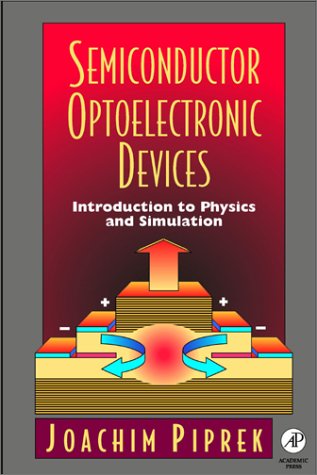

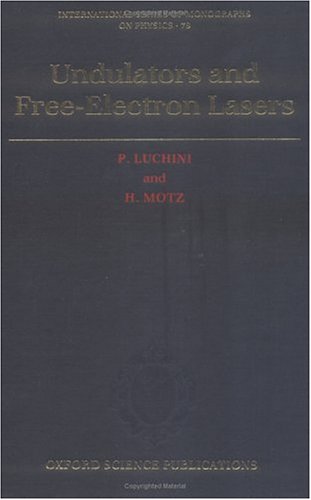
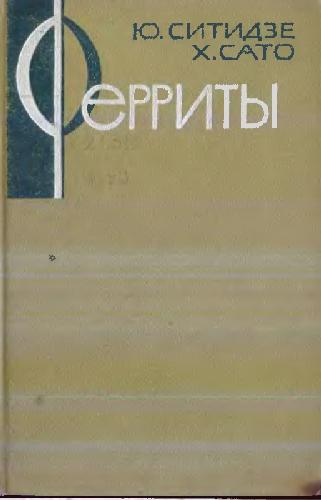
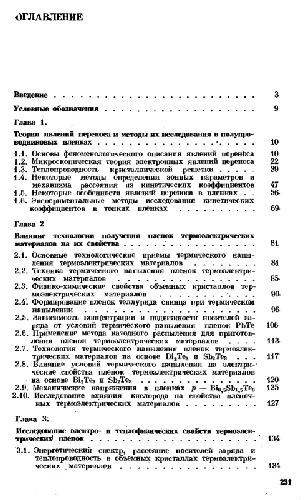
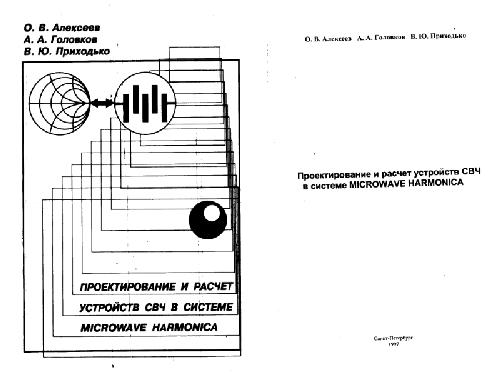
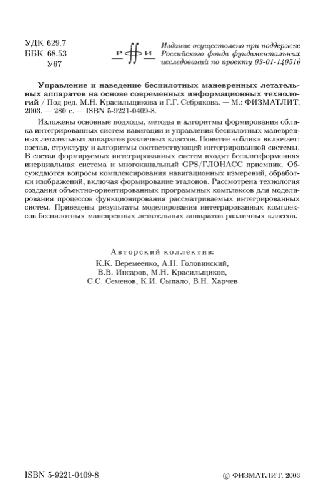
Reviews
There are no reviews yet.